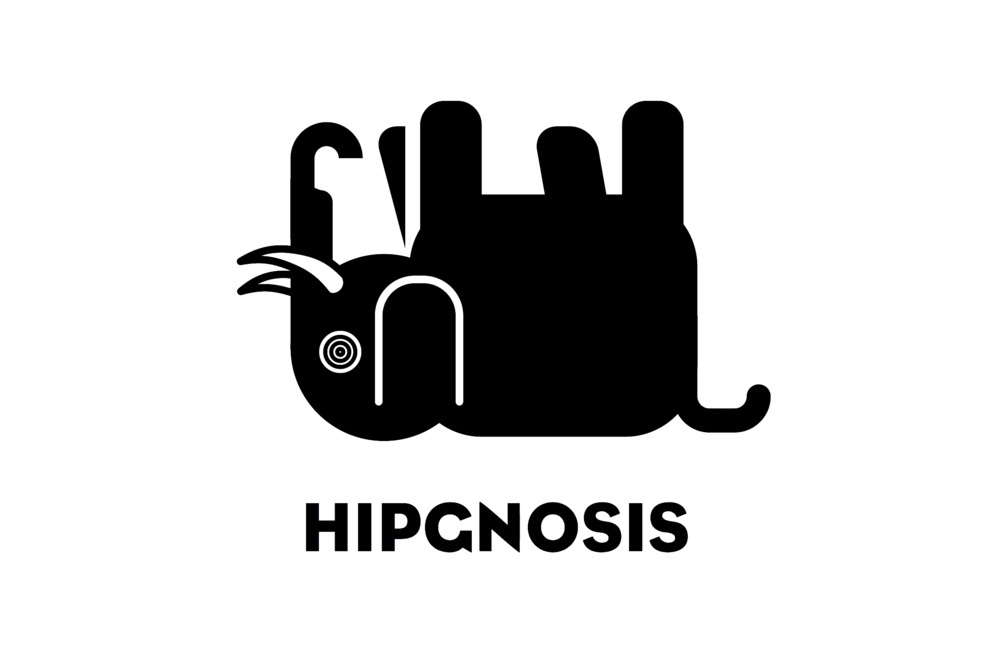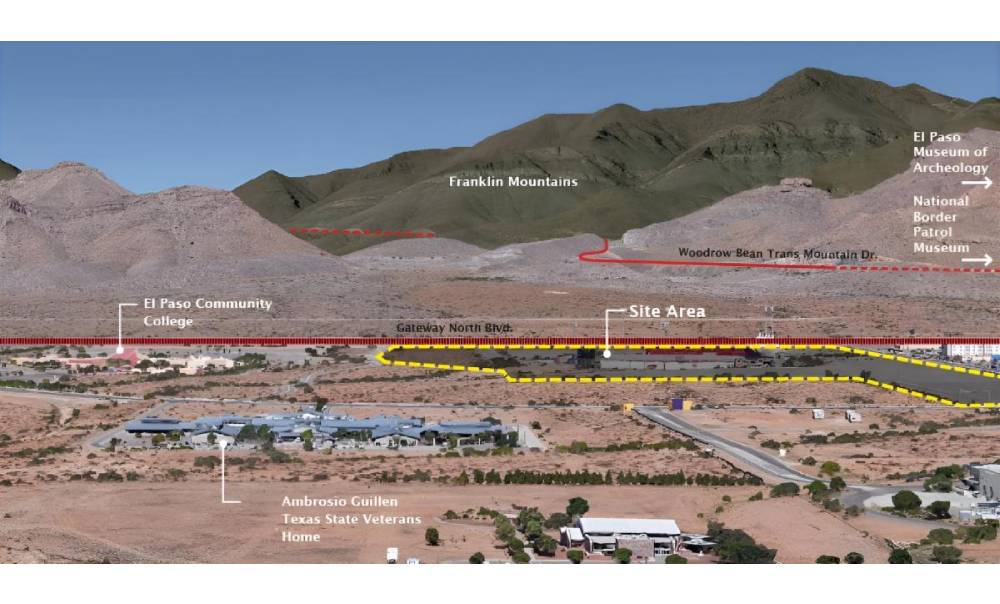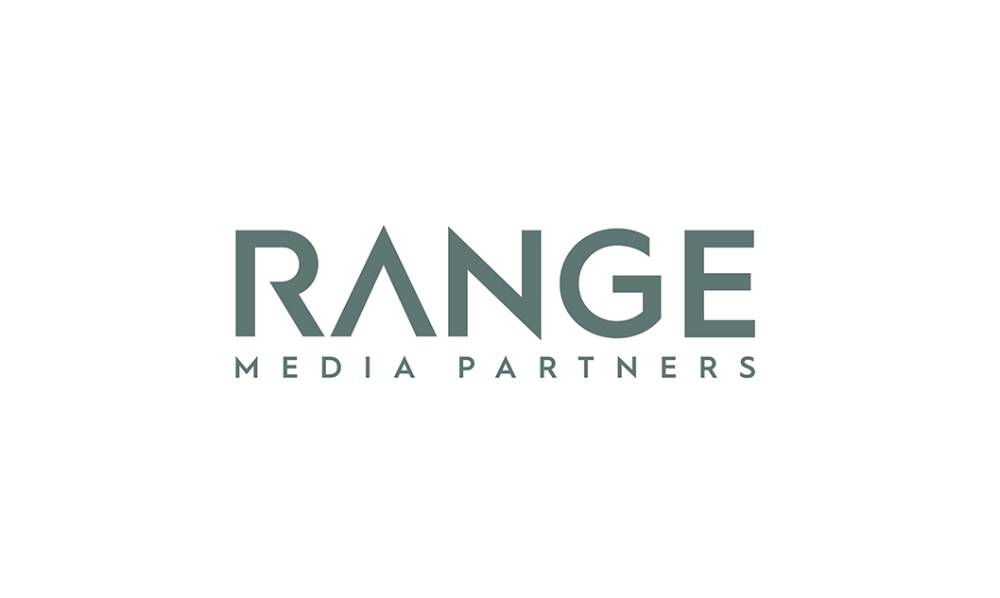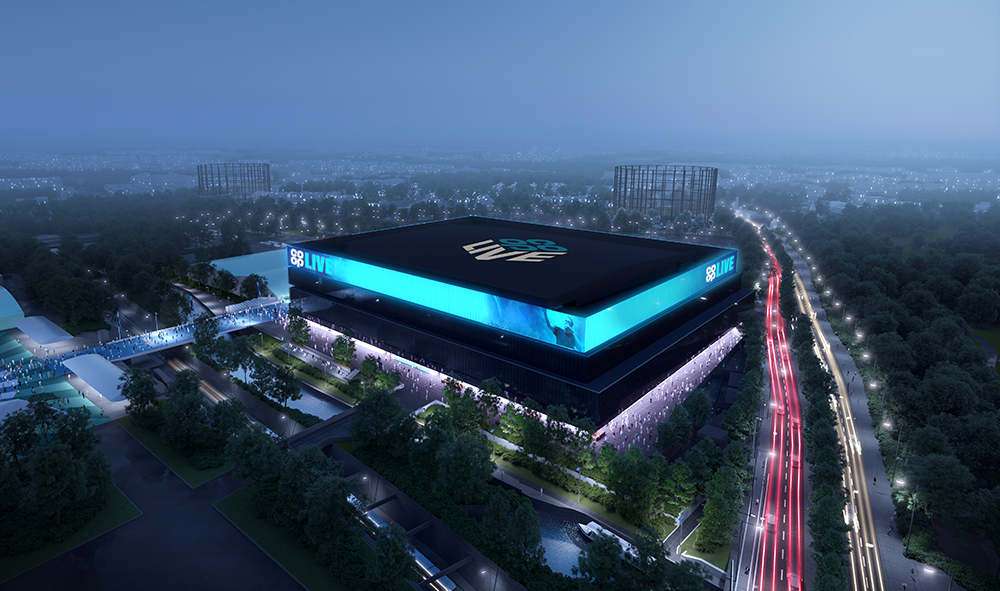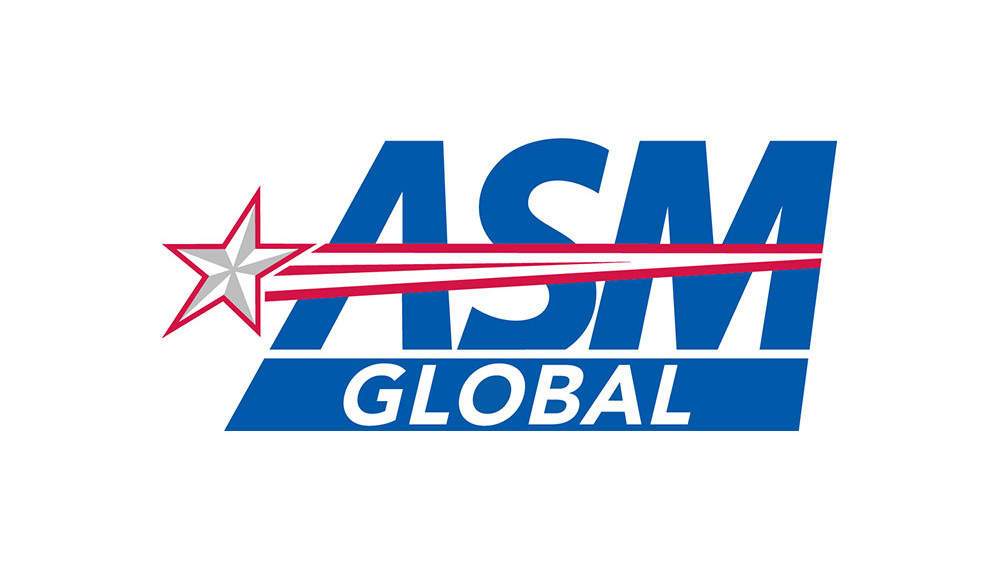
(CelebrityAccess MediaWire) — New Zealand is getting its largest indoor live entertainment and sports arena. The Auckland City Council approved a 12,000-seat, $80 million downtown arena in Quay Park. Construction is expected to start in June, with an arena opening scheduled at the end of 2005.
The council will invest $66.4 million in the new facility, with a private company contributing
$11 million. The balance of about $2.5 million will come from interest earned on funds that are to be invested when the deal is signed.
The development deal was signed with Quay Park Arena Management Limited, which is
owned by Sydney-based company Jacobsen Arena Management (JVM) and Miami-based promoter Jack Utsick Presents.
The council has been negotiating with a consortium led by Jacobsen Venue Management over the detail of a development agreement since last December. The company also operates the Sydney Entertainment Centre, Capitol Theatre and the Brisbane Convention and Exhibition Centre.
“The arena will generate economic benefits, enhance Auckland’s reputation as place to live and visit, and will reinforce Auckland as the cultural capital of New Zealand, " said Scott Milne, recreation and events committee chairman.
"Because of its flexibility it will be available to every Aucklander. The concept has been tested and supported by three successive councils as well as by extensive public consultation. We are satisfied that due diligence has been completed – the arena is wanted, needed and will be a landmark building that Aucklanders can be proud of.
"It will be provided at little risk to ratepayers, and we have a private sector partner
with the expertise and experience to make a go of it," he continued. "It is cause for great celebration."
The arena deal is New Zealand’s first major public private partnership for a public
facility. Under the partnership, called a BOOT (Build, Own, Operate, Transfer) arrangement, the council will jointly fund the development of the arena. Quay Park Arena Management will be responsible and carry the risks for building, operating and maintaining the arena for the next 40 years. Ownership of the arena, which must be in good working order at all times, will then transfer to the council at no further cost to the council.
“We believe that the BOOT is the most cost effective way to provide the city with a world-class arena at minimal risk to ratepayers,” says Milne. “It recognizes that the council does not have the experience and expertise to run such facilities, and allocates the risks to the party best placed to manage them. It means, in effect, that the council is contracting out of the risks associated with a business that is, by its nature, cyclical. We have transferred the cost of depreciation and maintenance to the private sector while enhancing Auckland as a place to live. It is a great deal for Auckland.”
Milne says the council’s funding of $66.5 million is an increase of $8.5 million over the $58 million it had earlier agreed to. Under the Guaranteed Maximum Price contract being negotiated with Mainzeal Construction, 100 per cent of any savings made on construction will be returned to the council. During the 40-year BOOT, the council will reimburse rates on the arena at a rate of 100 per cent for the first 15 years, 50 per cent for the second 15 years, and 25 per cent in the final 10 years. On the other side of the ledger, Quay Park Arena Management will pay the council 20 cents per ticket sold, to go into a fund for community events, and royalties from arena profits once they reach a specified level.
Milne says that while the council is not happy with the increased cost of the arena, it acknowledges that the price would only have keep rising if a decision had been further delayed. “As the construction costs were finalized in the past days, it became evident that additional funding would be needed to ensure we did not jeopardise the quality of the building or its future success,” Milne says. — Jane Cohen and Bob Grossweiner






















